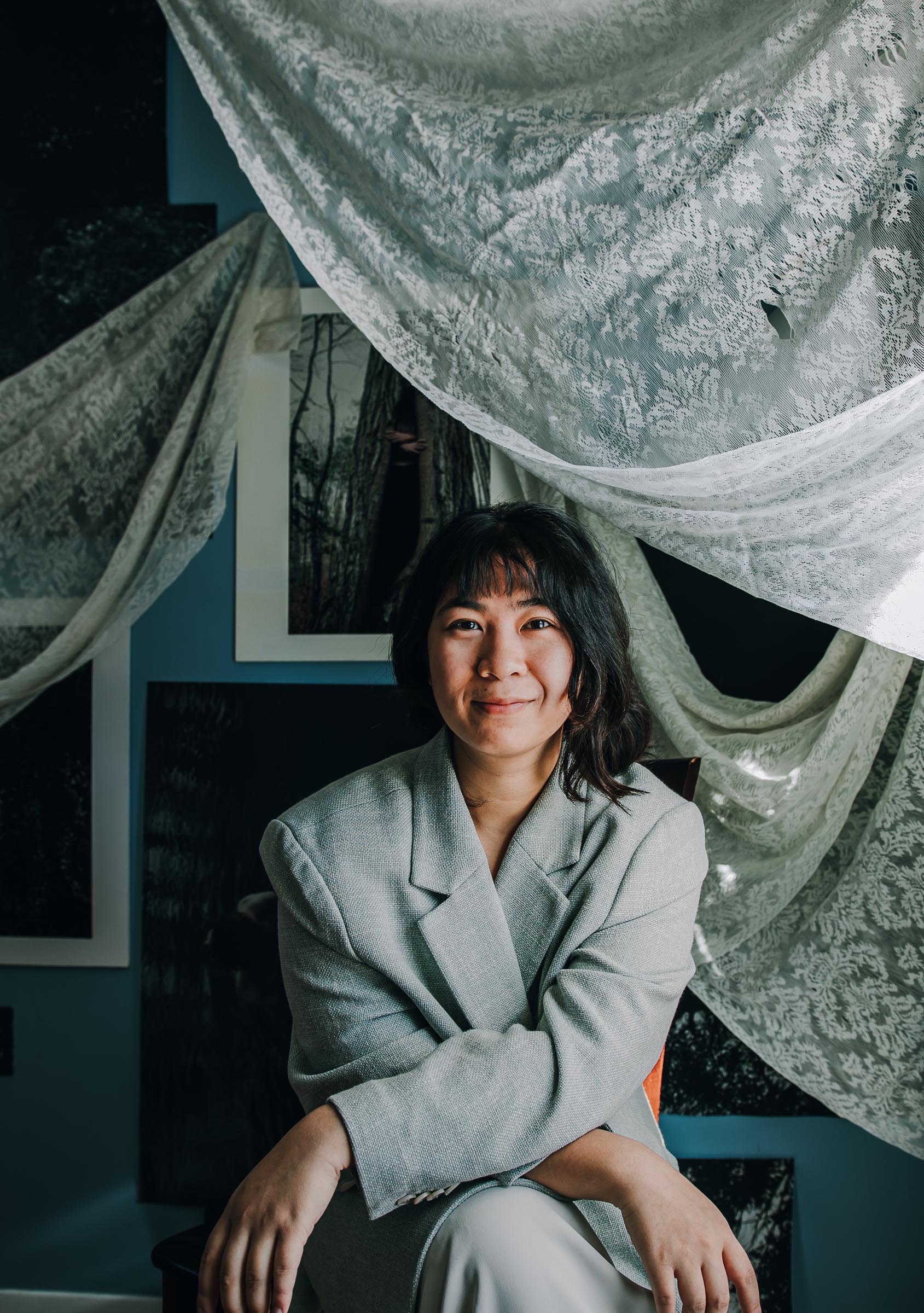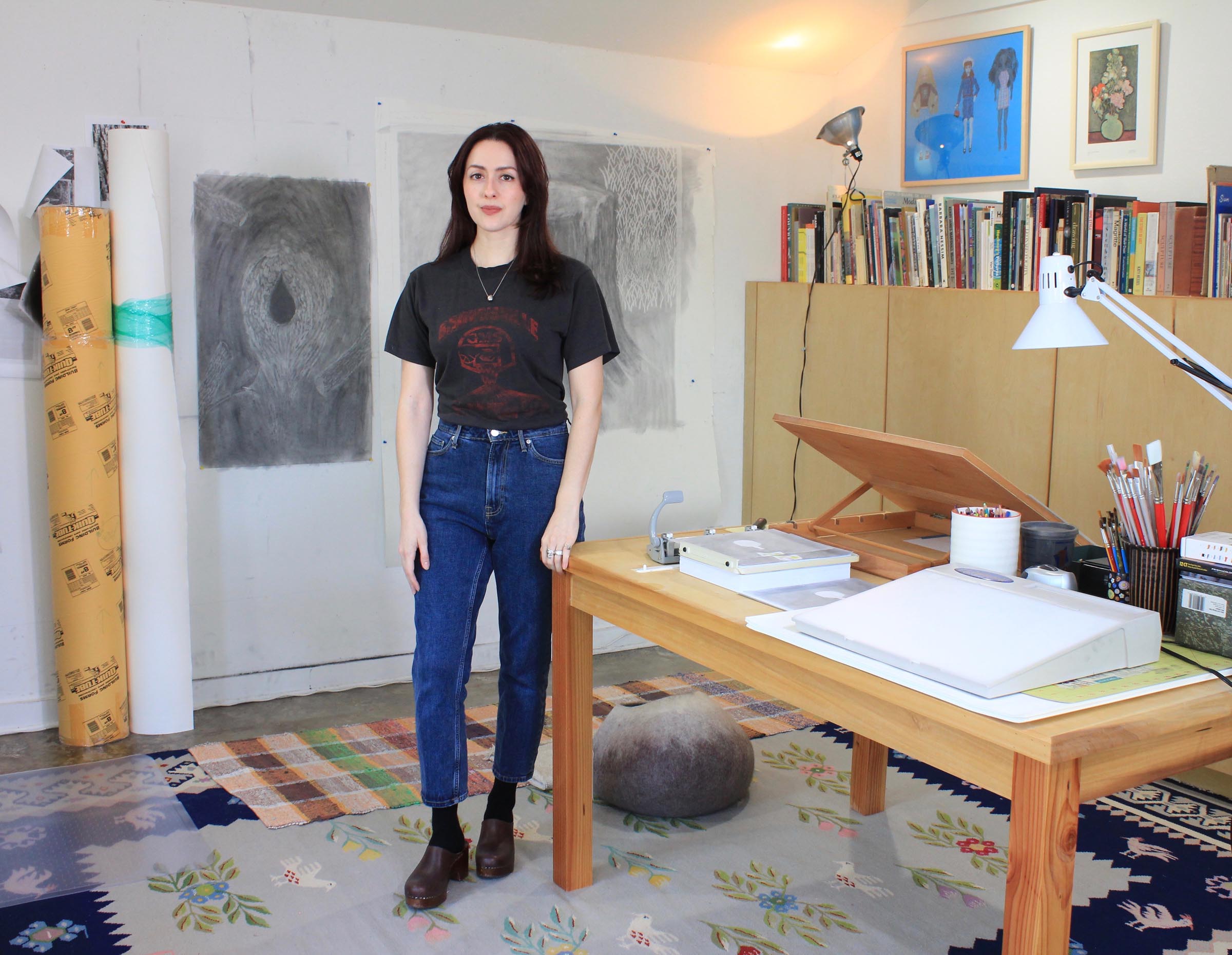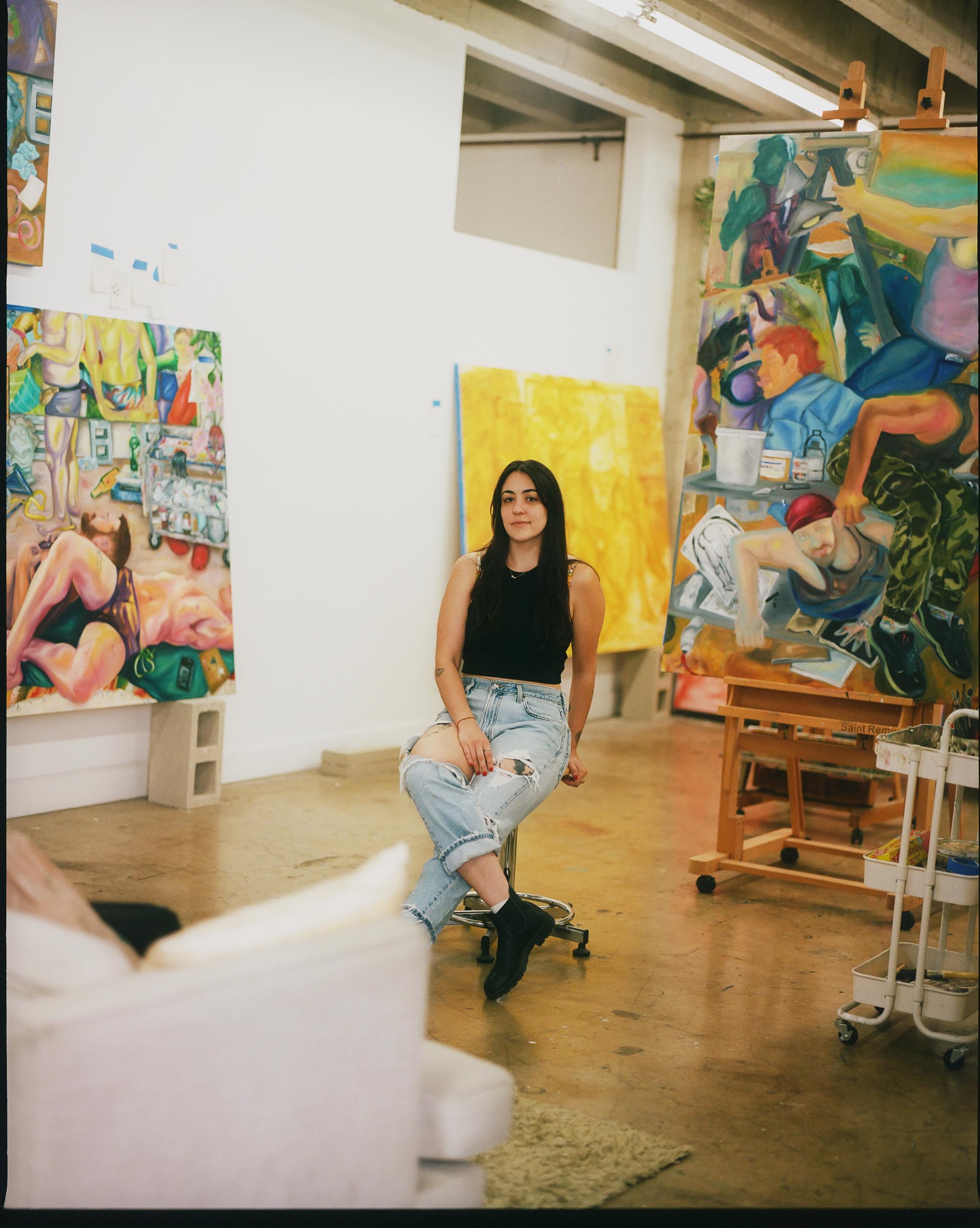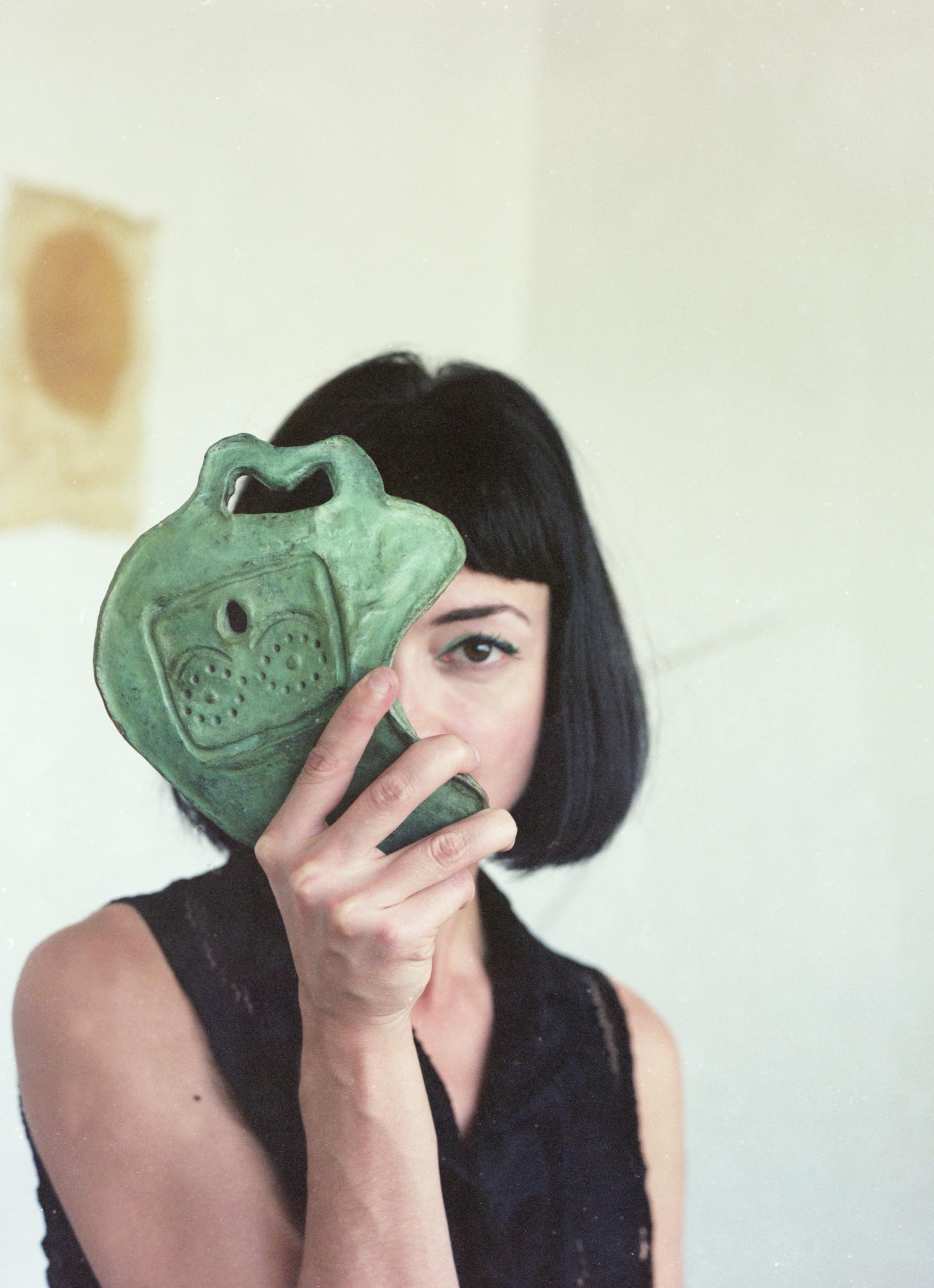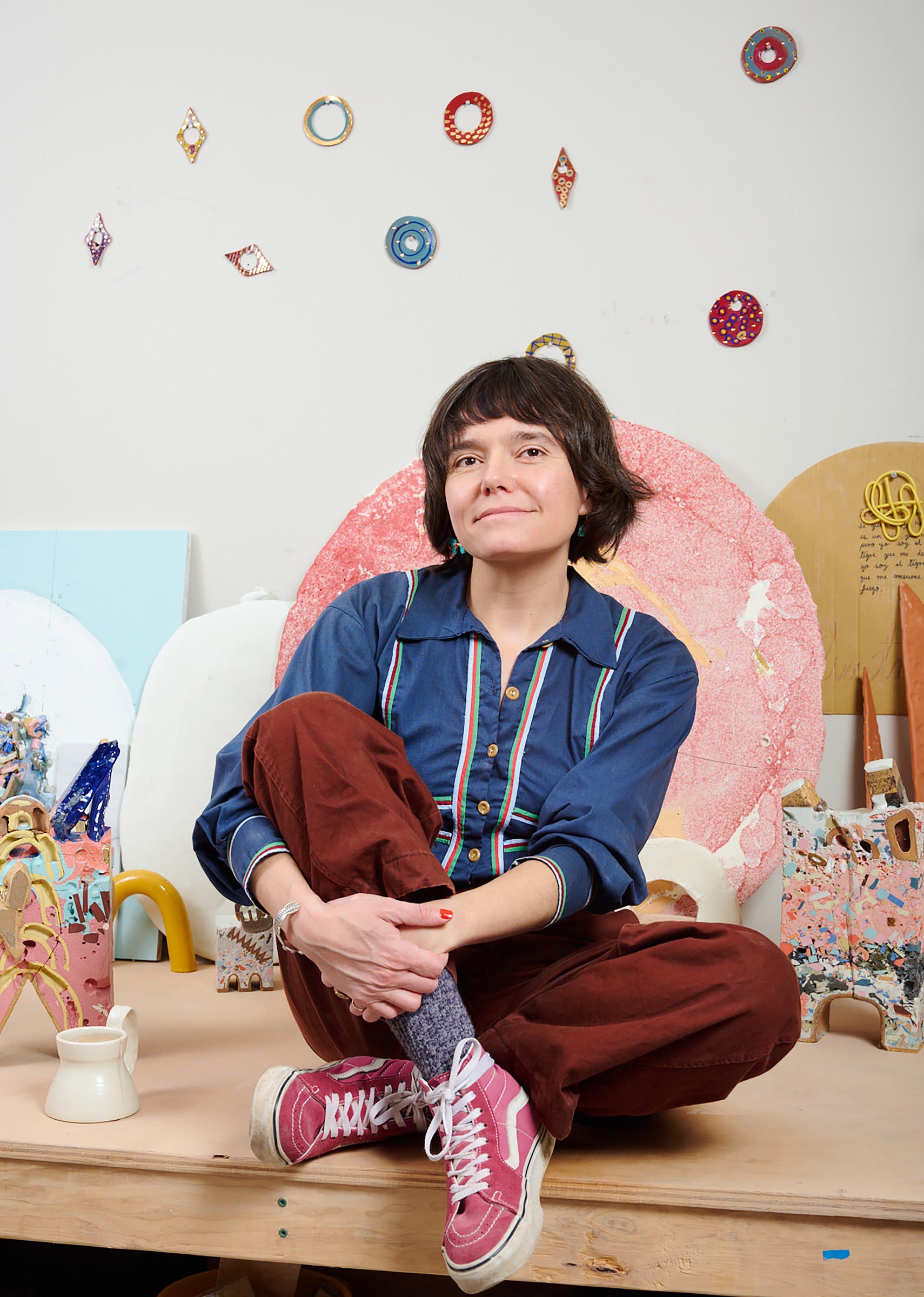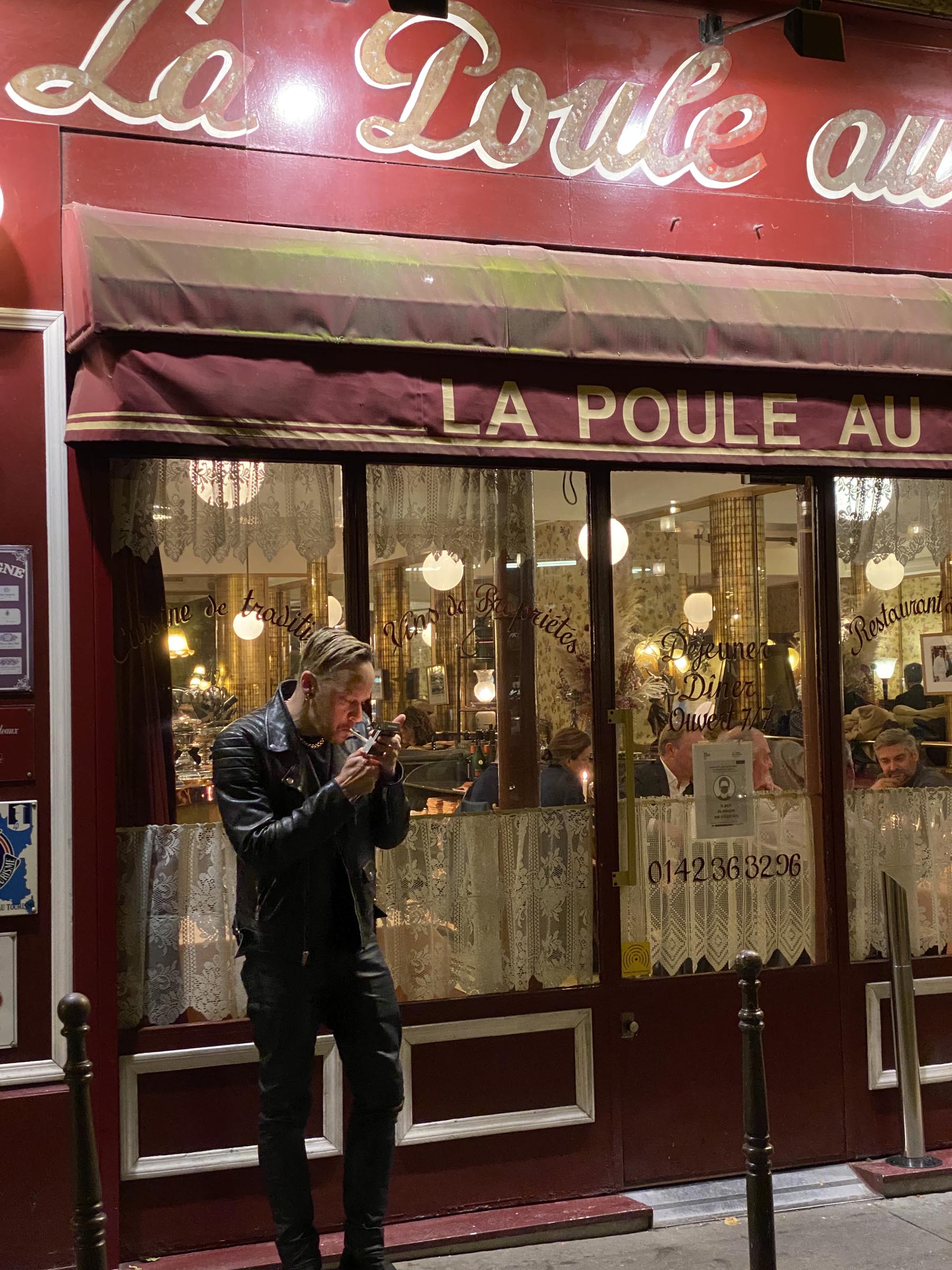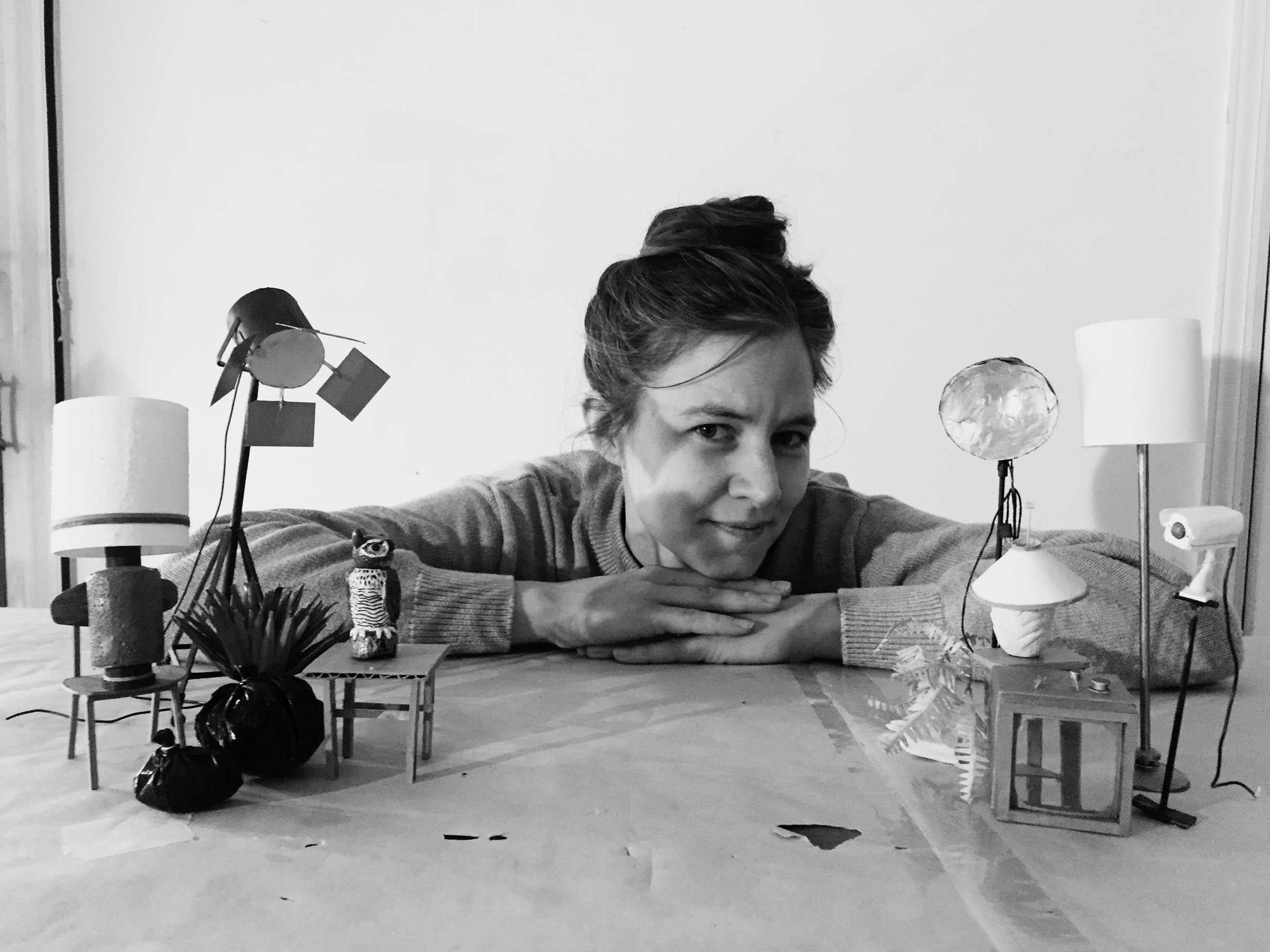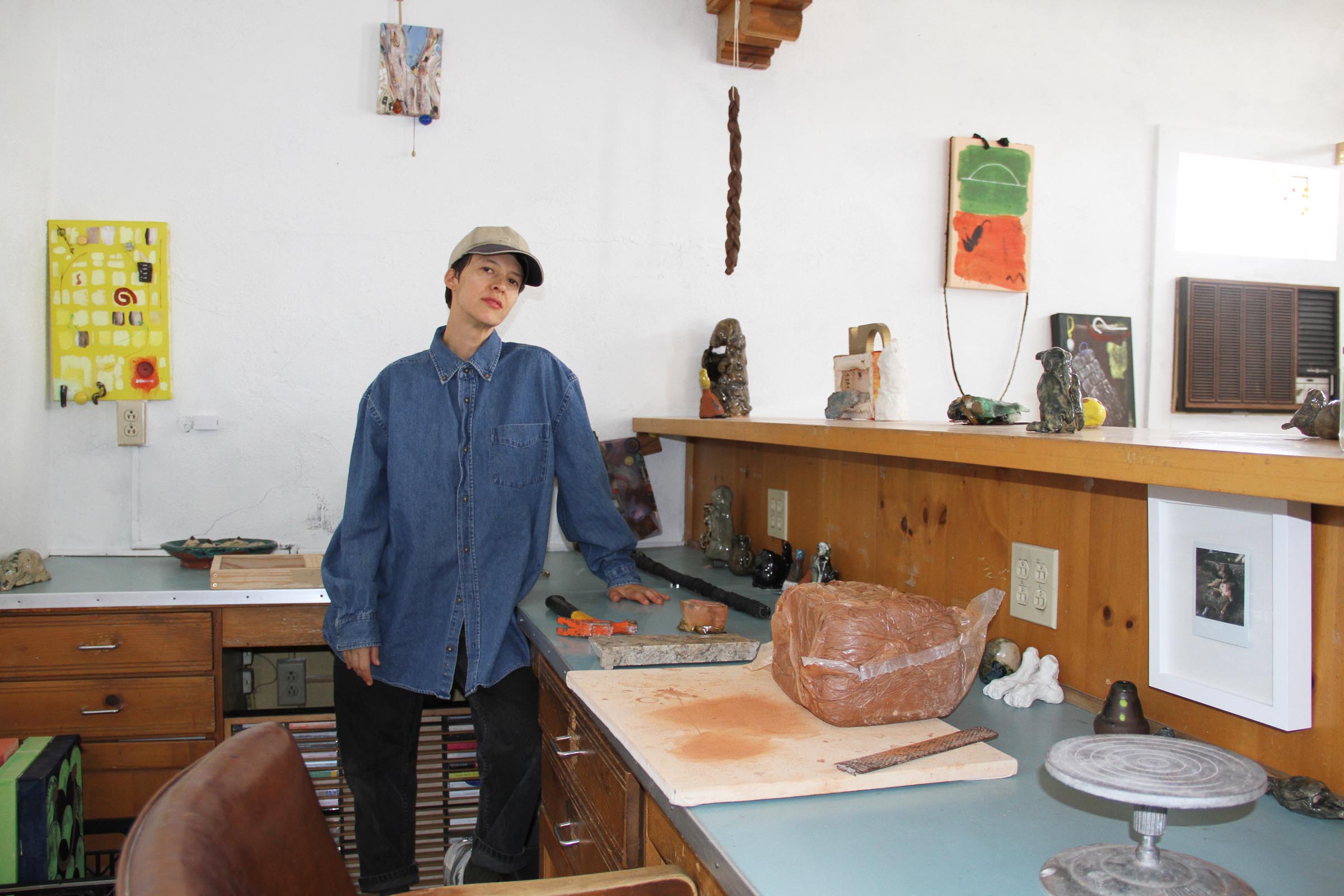How did you get into making art?
I took an AP art history class in high school with Diane Buckler, a feminist artist from the Pictures Generation. We were learning about photography, and she introduced me to her work, Cindy Sherman, Sarah Charlesworth and others. Looking critically at photography their work presented questions for the viewer. It changed my understanding of what photography could do.


What are you currently working on?
I am completing a series of collages using my landscape photographs and fusing them with photographs from national magazines to explore the complicated role the camera plays in our violent, troubled past and present, and the way systems of oppression perpetuate the Anthropocene. Archival images from American magazines such as Life and National Geographic reveal entrenched ideologies about race, gender, and our relationship to nature, animals, and the planet. The omnipresence of danger, and the urgency to control (the narrative, the body, the earth, the animals) found in these pages, are pervasive and loud themes.
Simultaneously, magazines such as Ebony and Ms. feature activism, strategies for survival, the importance of care, community and hope. As an artist working at the intersection of ecology and photography, I am trying to visually connect the ethics that allowed and continue to perpetuate societal inequality with the climate crises. A major focus of this was seeing the way these archives reflect back to us our general acceptance of the torture of animals, the prohibition of a woman’s right to autonomy, and the way everything comes down to race. I am reflecting on my own privilege as a white environmental activist, artist and educator, examining where I am situated within these narratives.
Making this work allows me to explore how these inequities influence one another, and opens up conversations for change.
Thirteen of these pieces were presented in my solo show Excavations last June.

I am trying to visually connect the ethics that allowed and continue to perpetuate societal inequality with the climate crises.
Naomi White

What inspired you to get started on this body of work?
I was at the Jentel art residency in Wyoming, on the territory of the Očhéthi Šakówiŋ, Cheyenne, and the Apsaalooké (Crow) tribes. I was researching art in the anthropcene for a class I would teach in the Fall, and I learned that the socio-political ramifications of our species are ingrained in rocks. It made me think that rocks are like cameras, recording and bearing witness to our collective past. In the gasses trapped in rocks and ice, every environmental change is stored forever, cataloging the unending story of the destruction of our planet and its inhabitants by corporations.
Rocks are alive.
Excited by the idea that rocks hold truths in an age of disinformation, I began tearing and burning into my photographs of landscapes, layering them over and over until new spaces emerged. These fissures and cracks make room for connections between the earth and its inhabitants, between the past and future possibilities.
“The very act of trying to look ahead to discern possibilities… is in itself an act of hope.” – Octavia Butler


Do you work on distinct projects or do you take a broader approach to your practice?
I tend to work in series, often marked by time or place. I love all genres and forms of photography so my process can vary between straight and manipulated photographs, analog and digital, collage, two-and three-dimensional works. I’m deeply invested in ideas around equity and diversity, and the role photography can take in inspiring dialogue, deepening understanding and activating change. I see art making as an action for healing.

What’s a typical day like in your studio?
I connect with my practice each morning – reading, planning, sketching, organizing, collaging. I spend a lot of time searching through magazines for images. I often use collage as a way to connect with various subjects and think through ideas. Sometimes these end up being finished pieces and sometimes they lead me to making original photographs.
I love to photograph outside in the early morning hours when the city is still quiet and everything feels possible. The early morning light gives me energy. I also shoot in the studio collecting debris, found images, fabrics, collage, exploring ideas, photographing objects and people.
Teaching, motherhood, and activism are also important parts of my artistic practice. I’m in a dialogue with students around art and ideas on a daily basis. Seeing art through their eyes always helps me see something new that I missed before. I’m inspired by my son and his creative spirit, and also feel the burden of concern for him in this ever more challenging world. I’m active in organizing spaces around the environment and gun violence, and volunteering locally to elect progressive candidates that will fight for our reproductive rights, end fossil fuels and prioritize equity and inclusion in housing and jobs.


Who are your favorite artists?
I love the work of Carrie Mae Weems, Sarah Charlesworth, Suné Woods, Diane Buckler, and so many others, for the way they use the camera to ask questions and see emotion as intelligence. I love Alec Soth’s and Bruce Davidson’s photographic essays, where a river becomes a metaphor for community, and the subway becomes a metaphor for democratizing social inequity even if briefly on a train.
Where do you go to discover new artists?
Living in Los Angeles I’m lucky to be able to see a lot of work on a regular basis. I frequently go to galleries and museums and also seek out artists online that I hear about. I love reading Frieze, BOMB, and learning about different artists on Nowness.com.
Learn more about the artist by visiting the following links:
























